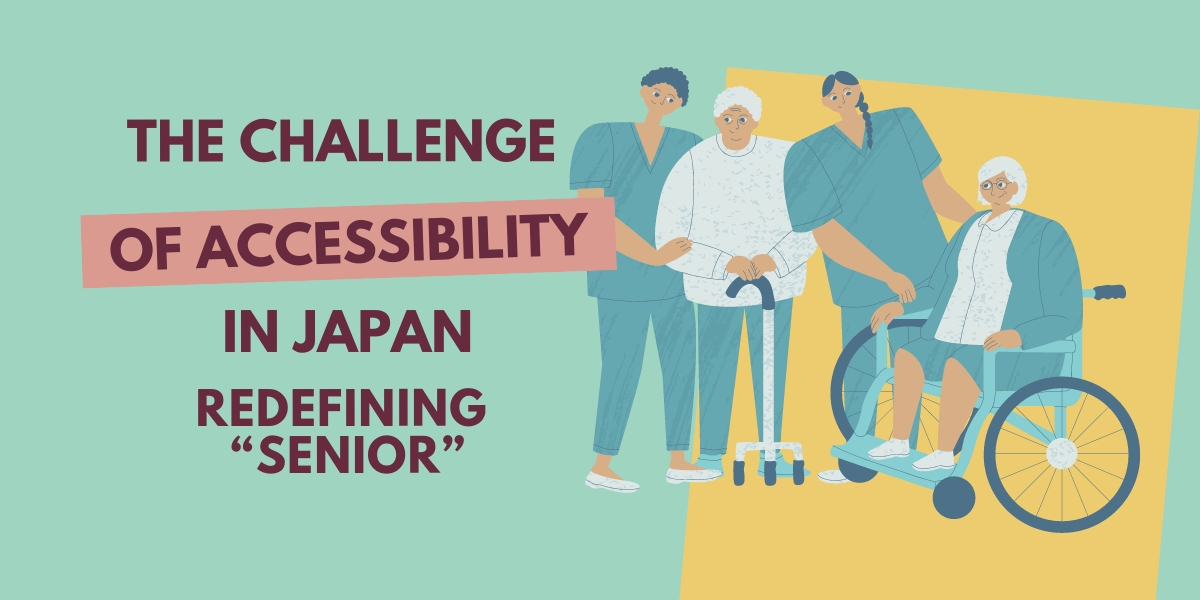With advancements in medical technology and better access to food and shelter in a globalized market economy, people around the world are living longer, healthier lives than ever before. According to the World Health Organization, the global average for life expectancy has surpassed 70 years, compared to an average just under 47 back in 1950.1 With a national average of about 84 years, Japan boasts one of the longest living populations on Earth. 1 in 3 Japanese citizens are over the age of 65 and 1 in 10 are octogenarians!2 That reality however, coupled with a birth rate hovering around 1.3 per female, also puts Japan at the forefront of a challenge many countries will battle with in the upcoming decades.
Human-centered, holistic care and usable, accessible design are certain to play a crucial role in weathering the aging population issue of the next 20-30 years. Before we offer action items and recommended paths, let‘s first understand in more detail what challenges come along with an aging population and how Japan has been addressing them so far.
Challenges of an Aging Society
The first challenge of a rapidly aging population is the effects it has on a country’s labor pool. A population that graduates out of the workforce and lives for a long time afterwards puts financial strain on a government to provide pension and care in their retiree’s autumn years. The unbalanced distribution of ages will put a heavy burden on the younger generations, which may cause them to seek better lives elsewhere. The effects are already seen in Japan at a regional level as youths leave rural locations behind to seek job opportunities in urban metropolises like Tokyo, causing smaller towns and villages to decline or completely disappear off the map. Other developed countries like the US offset its lower fertility rates through the immigration of young workers, but Japan is, at present, very unequipped and resistant to immigration on any scale large enough or quick enough to be viable.
The more glaring challenge will be the increased reliance on hospitals and other healthcare means to care for the demographic most susceptible to chronic illnesses, disabilities, and severe diseases. Let the recent pandemic serve as a litmus test for how fragile a country’s medical infrastructure is when facing an increase in ailments. At its worst, Japanese hospitals were lacking beds for patients, much less personnel to attend to them. Even assuming the infrastructure is enough to handle the extra burden, there would still be a significant cost subsumed by public healthcare. A report by the Mitsui & Co.
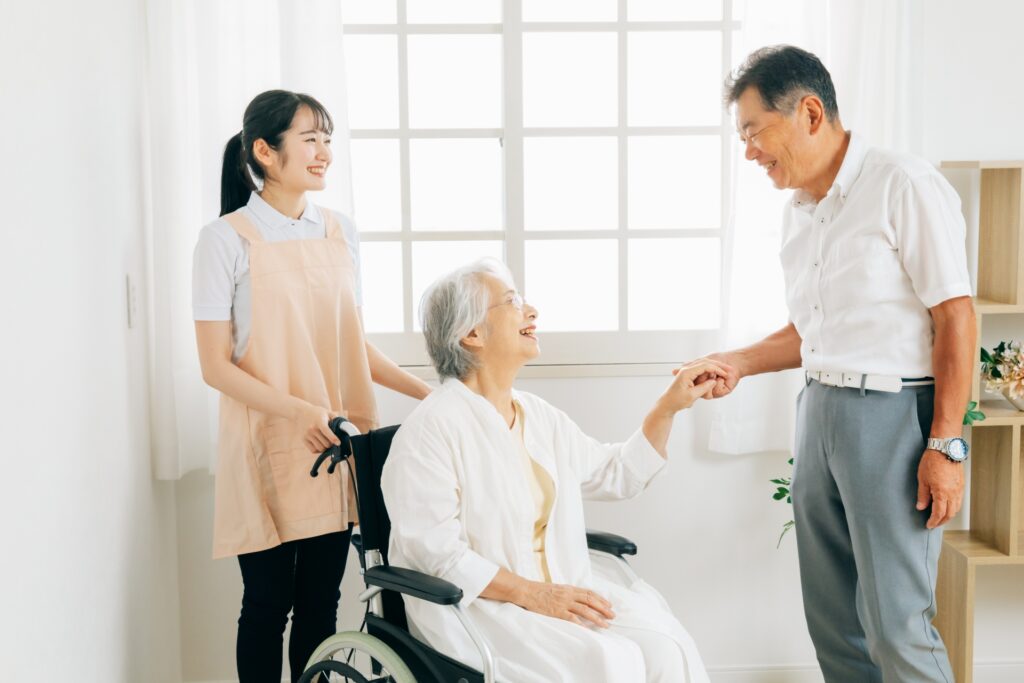
Global Strategic Studies Institute, based on figures gathered on social security payments and medical care expenses, estimates the total medical costs for the elderly are expected to increase by 2 trillion yen (about 13 billion USD) and long-term care costs by just under 3 trillion yen (about 20 billion USD) over 10 years from 2020 to 2030.3 This will surely increase further as over a third of the population is expected to be over 65 by 2065, as projected by the Japanese government’s PR office.
Japan’s Current Strategy
Japan is acutely aware of this upcoming challenge and has laid out some guidelines to begin preparations. In 2018, the Japanese government approved the “Guideline of Measures for Aging Society” which sets out the goal to keep older populations active and integrated into the larger society.4 It is mainly involved in implementing and guiding improvements in the following areas:
- Employment and Income
- Health and Welfare
- Learning and Social Participation
- Living Environment
- Research Development and Contribution to the World
- Promote Success of All Generations
In addition to these guidelines, let’s take a look at a few examples of products and services specifically made to be more accessible for Japan’s senior demographic:
Raku-Raku Phone
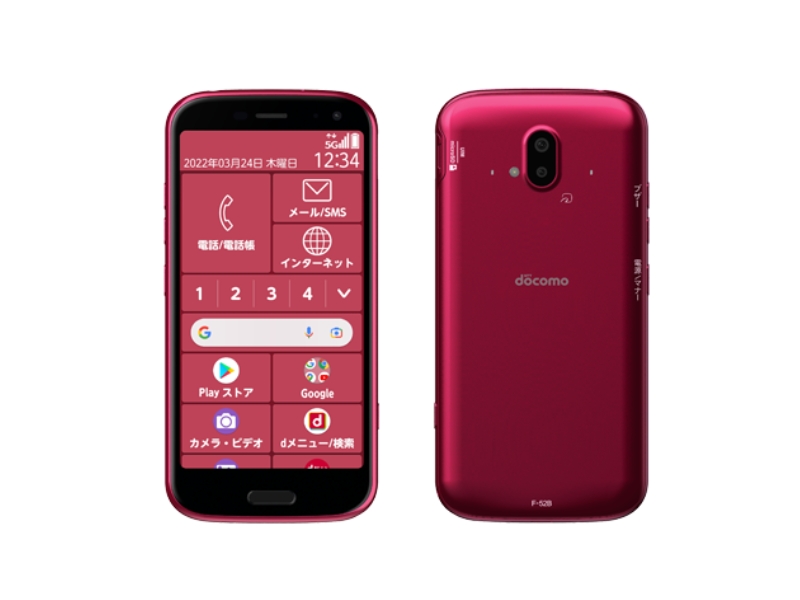
Fujitsu’s line of Raku-Raku phones were designed with simplicity in mind (楽 or raku lit. translates to “at ease”). The original Raku-Raku phones in 2001, and Raku-Raku smartphones later on are made specifically for users who have little experience and great difficulty with digital technology. The phones have basic functions to avoid confusion and are designed with easy-to-read screens and louder than average audio. The phone’s focus on usability for a physically and technologically disadvantaged individual makes it the perfect fit for older, less-tech savvy users.
Virtual and Augmented Reality Technology

Japan has been steadily investing into uses for VR and AR technology, specifically in the medical fields. Such tech has the advantage in creating familiar or safe spaces that can be more ideal for physical and mental rehabilitation. One example is Reha VR that has designed a VR course that allows users to view multiple locations in Japan from the comfort of their home, and enjoy physical activity through virtual walking and cycling courses.5 For a less mobile population, such experiences can be as enriching as they are enjoyable.
VR and AR technology also allows for a deeper understanding of experiences that may not be easily expressed in words. We sat down with Elizabeth Shen, a researcher helping Japanese people with dementia, to discuss the efforts she has been working on regarding utilizing AR tech in hospitals. Her team and a team from Mediva Inc., a consulting firm specialized in healthcare, worked together on technology specifically targeting people with dementia.6 These people would often suffer from hallucinations or seeing objects and people differently through their mind’s eye. They designed and tested AR equipment to see a different level of “readability.”
Patients would misunderstand light reflections as puddles of water or get scared of TVs when they’re not on because of the black square. So we wanted to better understand what they are actually seeing through AR so doctors can see the experience from the dementia patient’s point of view.
With this, the hospitals were able to refurbish their interiors to be more readable to people with dementia and have clearer understanding.
To address the multi-faceted challenges Japan faces with an aged population, it is crucial to integrate accessibility-based design and user centric practices into every aspect of product and service development. Accessibility, particularly in digital contexts, ensures that elderly users can engage with technology and services on equal footing with younger demographics. Allow us to showcase a few methods effective at researching and developing services and products geared towards an advanced-aged demographic and how we at Uism can conduct them.
Accessibility-based Design
Accessibility, particularly digital accessibility, is often associated with processes and implementations that, with accommodations, help disabled users utilize and contribute to a product, service, or platform to an equal level as a non-disabled user. The Web Content Accessibility Guidelines (WCAG) states that the four main principles of accessible digital design are:
- Perceivable: discoverable content and usage
- Operable: maneuverable and navigable content interface
- Understandable: comprehendible content and usage
- Robust: durable and up-to-date content
Towards the aims of employee parity in the workplace, and ease of living privately and independently, effective and accessible digital technology has great promise to improve the welfare of users in their old age. With that in mind, the method we would like to showcase is Accessibility Evaluation.
Accessibility evaluation is a process of conducting benchmark tests, often through task completion modeling, to check current standing of a product/service in relation to the aforementioned accessibility principles and industry standards. The setting or stimulus can be further altered to account and evaluate for specific impairments, such as:
- Low/no visibility
- Low/no audibility
- Low/no mobility
Accessibility evaluation is an excellent first step as well as an important regular check-up in the development and maintenance process. We at Uism, in particular, can utilize our connection to other UX research firms in the US, Europe, and the like to ensure that accessibility standards are tested and met for a wide variety of markets and demographics.
User-centric Practices
Specifically, user-centric practices and development methods look at ways to grow and evolve with the user, rather than force the user to adapt. That development comes from understanding and empathizing with the user, and taking the entirety of their situation into consideration. Our suggested methods to gain that full image of the target user are Longitudinal Studies and Comprehensive Assessments.
A longitudinal study is an observational study that captures data of a single target or target group at multiple points over a period of time. Longitudinal studies are valuable for journey mapping over a period and understanding how the user, and their usage of a product/service changes, improves, or becomes difficult/obsolete over that period. These snapshots over a long period can also give clues to other factors, internal or external, that influence changes in usage behavior. Observing multiple groups and gathering data on each group over similar intervals can help in developing personas to more accurately meet user needs in the future.
While longitudinal study goes long, a comprehensive assessment goes wide. It aims to capture as much information as possible about the behaviors, interests, issues, and desires of a user. The key word of comprehensive assessment is context. By understanding the big picture of a user’s situation, it will become clearer where a product/service fits within the system. Comprehensive assessments are especially common in education and health. Knowing the issue in context can help an expert prescribe or suggest solutions in an efficient, holistic manner and reduce user pains that would otherwise be invisible when thinking about a product in isolation.
Other Research Methods
As a UX research firm, we at Uism are dedicated to providing an ever-improving user experience to as many people as possible. To that end, we are both willing and able to work with client companies on other accessibility-focused or user-centric research, such as:
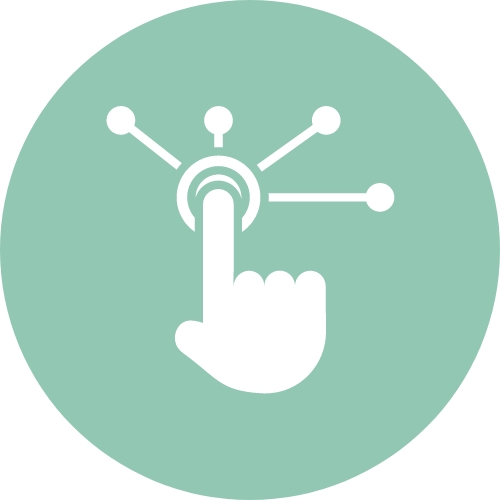
Usability Testing:
See specifically where the issues and user pain points are with a product/survey by allowing target users to try it out and give feedback.
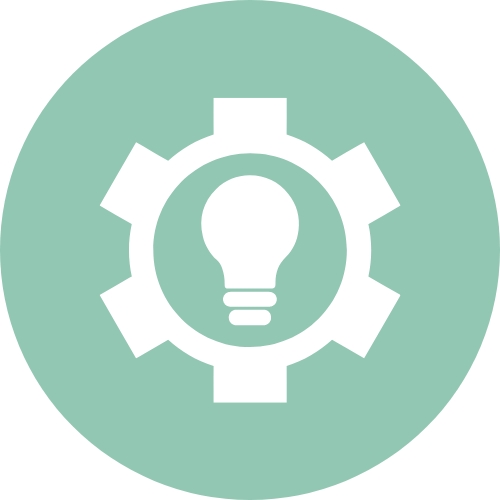
UD Consulting:
Support the design process with accessibility in mind, including proposals for UI design and developing content strategy.
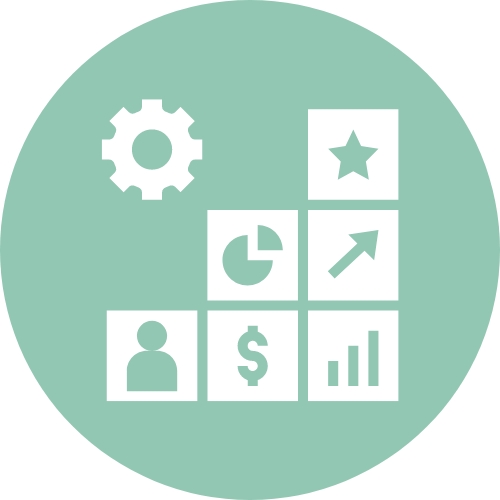
Case-control Studies:
Observe behavioral patterns and product usage of a specific demographic of users compared with a control group in order to understand the weight and influence an introduced product/service has on a market.
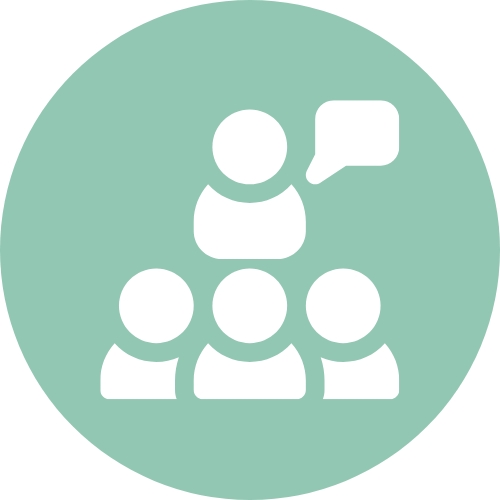
A11y Workshops:
Provide education and training on accessibility to client staff and share best practices for accessibility-conscious design and development.
Conclusion
With populations in industrialized countries aging up, many governments and organizations are wondering how to care for a demographic with a proportionately larger need for care. At the same time, older individuals are wanting ways to best enjoy and contribute to society. Through the methods we have introduced, and other collaborative studies, Uism can help Japan not only manage the challenges of an aging population but also create a more inclusive society where seniors can thrive and contribute meaningfully. Products and services that directly target the needs of the senior demographic will not only allow them to be welcomed into society, but have the potential to redefine what it means to be “senior.”
Sources and Citations:
Source 1: https://data.who.int/countries/392
Source 2: https://www.cia.gov/the-world-factbook/
Graph 1: https://www.indexmundi.com/japan/age_structure.html
Source3:https://www.mitsui.com/mgssi/en/report/detail/__icsFiles/afieldfile/2023/08/30/2307k_suzuki_e_2.pdf
Source 4: https://www.gov-online.go.jp/eng/publicity/book/hlj/html/202102/202102_09_en.html
Source 5: https://rehavr.com/
Source 6: https://mediva.co.jp/

